2024 McLaren 750S: A Fantastic Second Act
On the Las Vegas Motor Speedway, the new model proves it is top of the line.
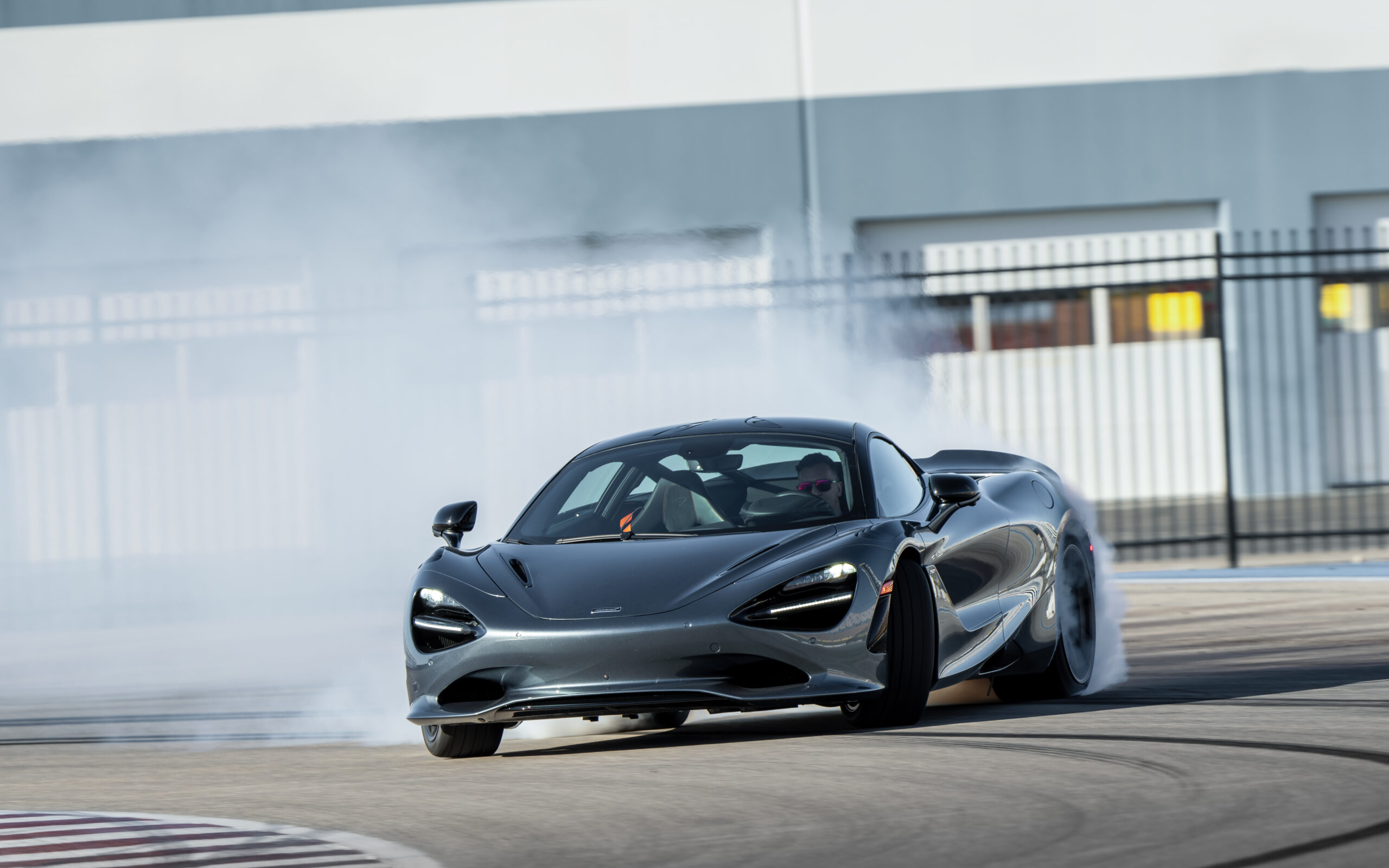
When it comes time for the average supercar manufacturer to introduce a new model, there can be a lot at stake. It’s a world of tough competitors, after all, one that includes legendary names like Porsche and Ferrari and Lamborghini. So no pressure, no pressure at all.
This story begins with the McLaren 720S, which was produced from 2017-23. Regarded as one of the finest supercars on the planet, the 720S was powered by a twin-turbocharged 4.0-litre V-8 that developed a mammoth 710 horsepower and 568 lb-ft of torque. In coupe form, the McLaren could accelerate to 100 kilometres per hour in 2.9 seconds and power on to a terminal velocity of 341 kilometres per hour.
Those are some world-class numbers.
But the replacement for the 720S, the McLaren 750S, is even more impressive. While the new model features the exact same engine as its predecessor, said engine has been tuned to generate even more power, torque, and straight-line performance. Here are the specifics.
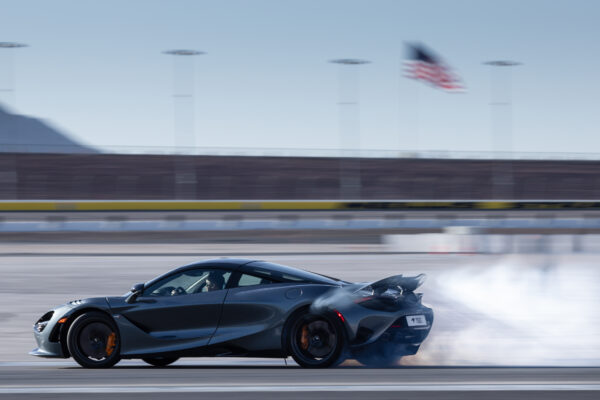
That twin-turbo V-8 now produces 740 horsepower and 590 lb-ft of torque. The eight-speed dual-clutch automatic transmission has been recalibrated for heightened response and, of course, features a launch control system. The 750S Coupe is also some 30 kilograms lighter than its forebear. As a result, this McLaren can hit 100 kilometres per hour from a standing start in just 2.8 seconds and rocket on to 200 kilometres per hour in 7.2 seconds.
According to Sandy Holford, chief engineer at McLaren Automotive, the goal during development of the 750S was to take a benchmark supercar (the 720S) and raise the bar. This involved not only boosting levels of performance but also creating a more engaging experience for the driver.
Many of the revisions focused on increasing the stability, balance, and grip of the 720S/750S. A new steering pump, new suspension design, a quicker steering ratio, and a larger rear wing are among the changes. These changes were engineered to give the new car more front-end bite, which makes the 750S better at carving corners.

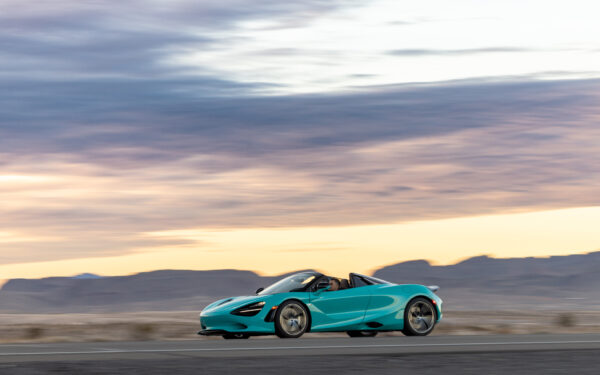
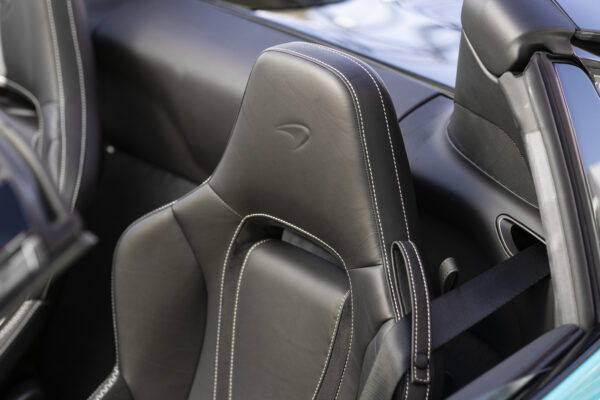
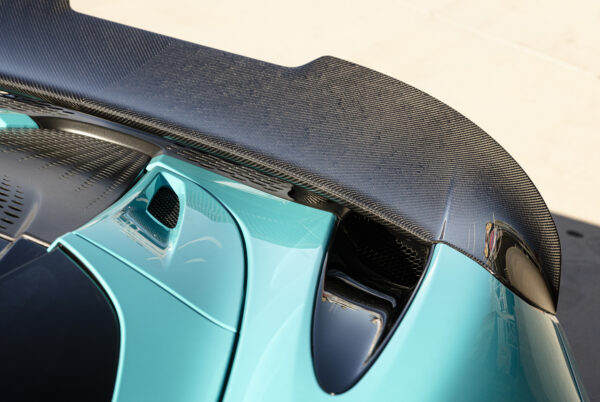
To test the revisions, the fine people at McLaren ushered us to Las Vegas Motor Speedway, where we took to a road course situated within the facility’s high-banked oval. The course was not especially challenging, but it did offer the chance to unleash the 750S without the fear of being arrested.
The 750S is, of course, ridiculously fast in a straight line. The start/finish straight on the track proved as much. The speed approaching the first turn—a slow 90-degree left-hander—is prodigious. If you dare look down at the digital speedometer, you risk overshooting the turn entirely. Best guess, though: 240 kilometres per hour or more.
On the other hand, the brakes are so incredibly powerful, you can leave things to the last moment—or even later. The upgraded, optional braking system features components from the McLaren Senna hypercar and conceptual thinking by the McLaren Formula One team. The brakes are engineered to haul the 750S down from higher speeds without fail for hours on end. In this regard, the McLaren is just like a full-blown race car.
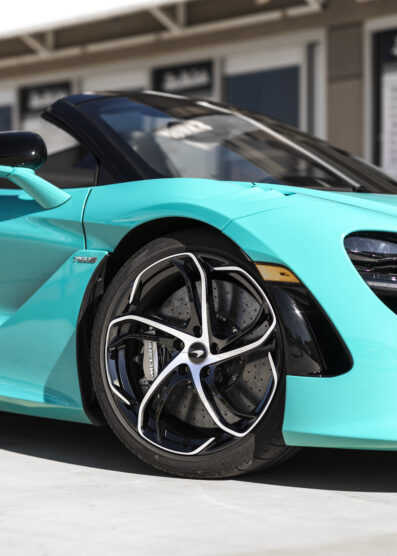
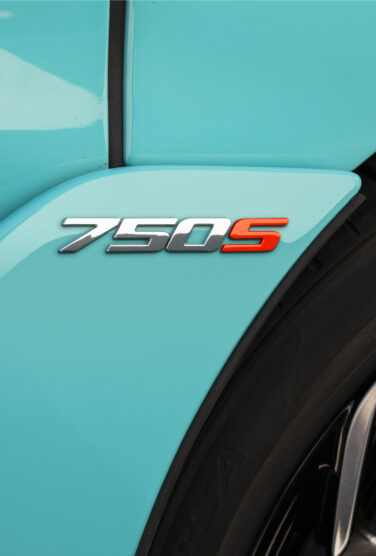
The same goes for the way the 750S vaulted over the red-and-white curbing that delineated the entry, apex, and exit points of the corners. The car handled the curbs with ease—suspension system expertly negotiating the changes in elevation—before it settled back down and was ready to go full blast toward the next set of curbs.
Here’s the difference between the McLaren 750S and an honest-to-goodness race car, though: the former is ridiculously easy to drive. If you’re too early on the throttle coming out of a corner, it’s no big deal. If you carry too much speed through another corner, slides are easy to correct. Even the convertible version, dubbed the 750S Spider, offers the same levels of performance, despite being fractionally heavier and slower.
In describing the experience of driving the McLaren 750S, company representatives use the term “theatre of engagement”—meaning it’s like attending a dramatic performance or, perhaps, entering a battlefield. Following this logic, the latest McLaren represents a fantastic second act.




